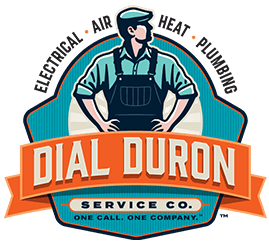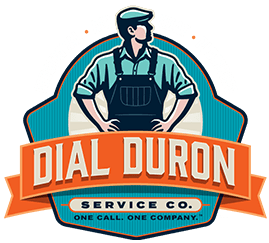With temperatures below 32°, you're going to want to be sure your home is protected from the elements. Keeping your pipes from freezing is actually fairly simple and you will be glad that you did. Frozen pipes can cost thousands of dollars in water damage repairs. We’ve included our 12 simple and cost-effective steps to strengthening your home’s safety this winter.
HOW TO PREVENT YOUR PIPES FROM FREEZING:
- Insulate Pipes: Attempt to insulate all hot and cold water pipes inside the crawl spaces under your house as well as in the attic, and exterior walls if they are reachable. Use snap-on foam insulation and double check that foam insulation seals tightly without gaps. Apply duct tape to joints in insulation, and miter foam around elbows, so joints in pipes are entirely covered.
- Heat Pipes: Look into protecting problematic pipes with UL-approved heat tape* made with a built-in thermostat to reduce overheating. Follow the instructions that come with heat tape responsibly to keep from posing a fire hazard.
- Sprinkler System: Switch off your sprinkler system, and if you are able to, shoot compressed air through the irrigation lines to drain the water.
- Drip Faucets: Drip both hot and cold water from faucets in kitchen and bathroom. This not only maintains water moving through the pipes, but eases built-up water pressure in the pipes if they should freeze. Use single-lever faucets in the center so both hot and cold lines drip, and pay close attention to pipes running inside outside walls.
- Laundry Room: If there isn’t a faucet in the laundry room to drip, set your washing machine on warm water, and start the fill cycle periodically for a few minutes to run water through the pipes.
- Ice maker: Set your ice maker to generate ice if the ice maker water line runs under the house.
- Cabinets: Open cabinet doors underneath sinks in the kitchen and bath if the cabinets are located on exterior walls, to allow surrounding heat to warm the pipes.
- Garage: Keep garage door shut during severe cold weather.
- Foundation: For houses built with a crawl space, ensure the foundation is entirely protected, and that any gaps in foundation walls are filled in with caulking or expanding foam. If the foundation vents are beneath the house, try to either close them or cover them up during extreme cold weather.
- Garden Hose: Detatch and drain garden hoses.
- Exterior Faucets: To secure exterior faucets close to your foundation, either cover faucets with insulated foam covers, cut off water to exterior faucets and open faucets to drain pipes, or install exterior faucets that cut water supply off inside foundation walls.
- Check for Leaks: Once the weather is warmer, shut off any dripping faucets as well as the ice maker, then review the water meter for any hidden leaks.


